Activities and Organization
Activities
Weather phenomena such as sunshine, rain, snow, and wind near the earth's surface are closely related to the large-scale movement of the upper atmosphere.
The Aerological Observatory observes surface and aerological weather variables (such as temperature, humidity, wind, pressure, water vapor, ozone, radiation and ultraviolet rays), thereby contributing to accurate weather forecasting, monitoring of climate conditions and consideration of the global environment.
The Aerological Observatory serves as a technical center for aerological observation in Japan, with responsibilities including observation research and the provision of training for meteorological experts from JMA and elsewhere.
Organization
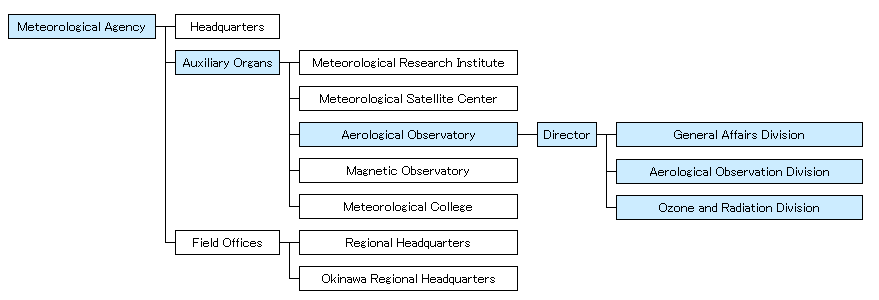
Organization chart
Administration Division services
The Administration Division provides the following services:
- Handling of staff hiring/dismissal, payroll, disciplinary action, official work regulations and other personnel matters.
- Storage of government seals.
- Receipt, shipment, editing and storage of official documents
- Budgeting and accounting
- Maintenance of national property
- Sanitation, medical care and other staff welfare considerations
- Issuance of weather certificates
Aerological Observation Division services
The Aerological Observation Division observes surface weather observation using JMA-10 surface meteorological observation equipment and the upper atmosphere using radiosondes.
The Division also carries out comparison testing to evaluate the characteristics of new meteorological equipment, engages in work on development and improvement to enhance safety, and conducts research toward better observation data accuracy.
Training is also provided for meteorological college students and JMA aerological observers.
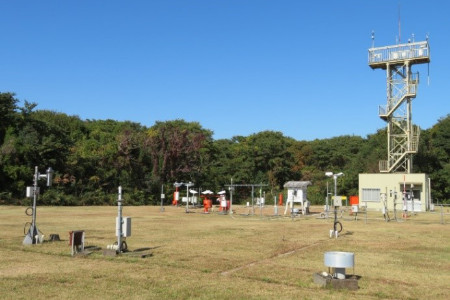
Observation field
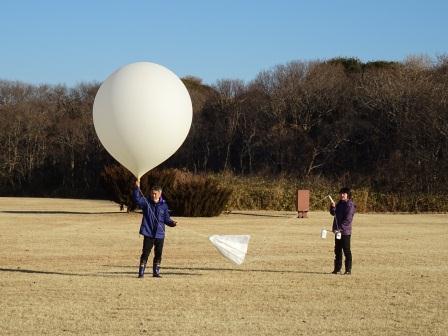
Radiosonde comparison test
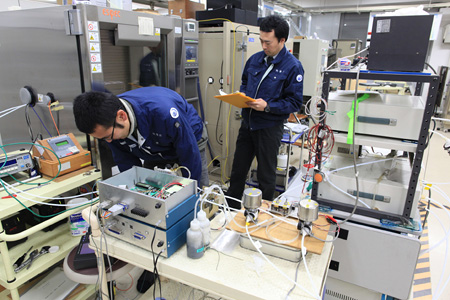
Ozone sensor reaction characterization test
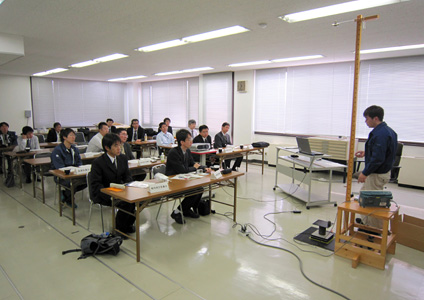
Internal training for JMA staff
Ozone and Radiation Division services
The Ozone and Radiation Division observes atmospheric ozone, harmful UV rays and solar radiation using various ground-based optical instruments as part of efforts to monitor climate change and the global environment. The Division also conducts surveys and research on such observation to improve and develop related monitoring instruments, and provides technical guidance to other countries.
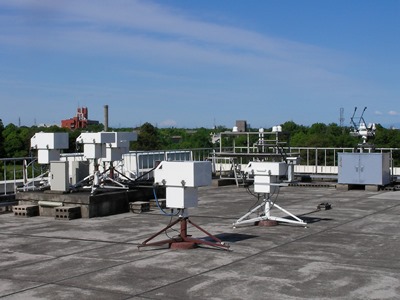
Ozone, UV and radiation observation site
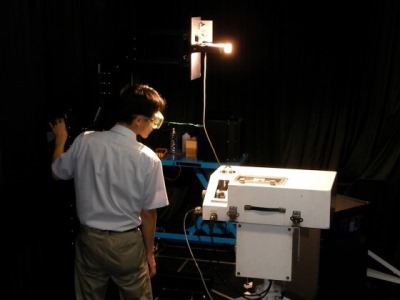
Brewer spectrophotometer maintenance
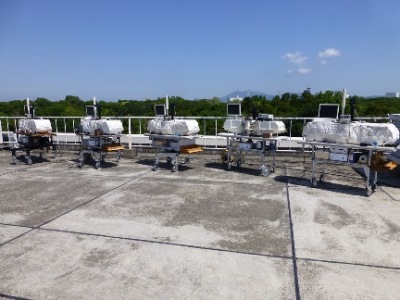
Comparative observation for Dobson spectrophotometer accuracy maintenance
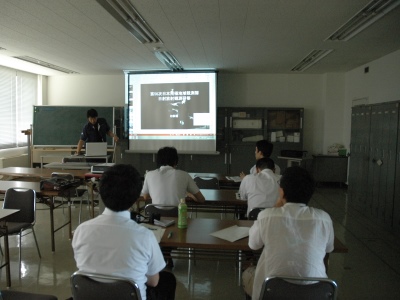
Training for Antarctic Research Expedition meteorologists